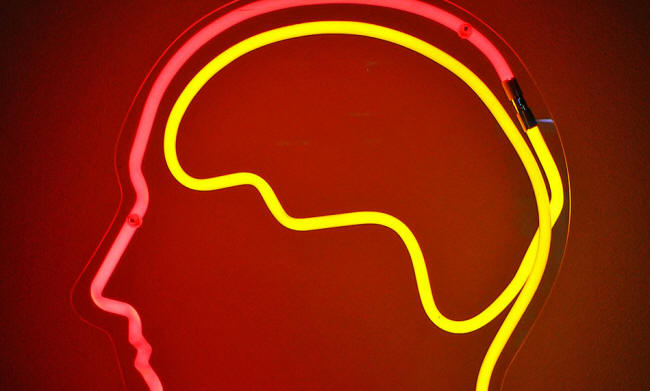|
from AEON Website
René Descartes thought that the mind was an immaterial soul, housed in the pineal gland near the centre of the brain.
Nowadays, by contrast, we tend to identify the mind with the brain. We know that mental processes depend on brain processes, and that different brain regions are responsible for different functions.
However, we still agree with Descartes on one thing:
And this might be quite wrong.
I'm not suggesting that the mind is non-physical or doubting that the brain is central to it; but it could be that (as Clark and others argue) the,
To begin with, there is a strong case for thinking that many mental processes are essentially embodied.
The brainbound view pictures the brain as a powerful executive, planning every aspect of behavior and sending detailed instructions to the muscles.
But, as work in robotics has illustrated, there
are more efficient ways of doing things, which nature almost
certainly employs. The more biologically realistic robots perform basic patterns of movement naturally, in virtue of their passive dynamics, without the use of motors and controllers.
Intelligent, powered control is then achieved by continuously monitoring and tweaking these bodily processes, sharing the control task between brain and body.
Similarly, rather than passively gathering information to construct a detailed internal model of the external world, it is more efficient for the control system to keep actively probing the world (to 'use the world as its own model', as the roboticist Rodney Brooks puts it), gathering just enough information at each step to advance the task at hand.
Such a strategy relies essentially on body activity.
Clark and fellow philosopher of mind David Chalmers propose what's since been called the Parity Principle, which says that if an external artifact performs a function that we would regard as mental if it occurred within the head, then the artifact is (for the time being) genuinely part of the user's mind.
To illustrate this,
What matters is what the object does, not where it is located. (Compare how a portable dialysis machine can be part of a person's excretory system.)
The rationale is the same as that for identifying the mind with the brain rather than the soul:
The Parity Principle doesn't apply only to processes we can in fact perform in our heads.
Think about doing a long division with pen and paper.
An extension can also be an enhancement.
Language is a particularly powerful means of extension and enhancement, serving, in Clark's phrase, as scaffolding that allows the biological brain to achieve things it could not do on its own.
Linguistic symbols provide new focuses of attention, enabling us to track features of the world we would otherwise have missed, and structured sentences highlight logical and semantic relations, allowing us to develop new, more abstract reasoning procedures (as in long division).
With pen or laptop, we can construct extended patterns of thought and reasoning that we could never formulate with our bare brains. In writing, we are not simply recording our thinking but doing the thinking.
As the physicist Richard Feynman once observed:
And Chalmers propose that mental states, such as beliefs, can also be located externally.
They imagine a character, Otto, who has Alzheimer's disease and uses a notebook to store the information he needs to guide his daily activities.
When he needs to recall an address, Otto consults his notebook instead of his biological memory, and Clark and Chalmers suggest that the notebook literally contains his belief about the address.
Clark and Chalmers stress that the link must be tight in order for the notebook to have this status:
(Thus, the contents of the reference books stored on the shelves in his house are not counted as his beliefs.)
Of course, the belief in Otto's notebook is not a conscious one (until Otto consults the book), but neither are the beliefs stored in our brains until we call them to mind.
As the philosopher of mind Daniel Dennett notes, many elderly people are in Otto's position, relying on a host of cues around the home to guide them through their daily routines, reminding them of what to do, and when, and how.
As their memories fail, they have offloaded work onto the external environment, and taking them from their homes is, as Dennett puts it in Kinds of Minds (1996):
You might want to ask why we should think of minds extending into bodies and artifacts, rather than merely interacting with them.
Does it make any difference?
(It's worth noting, too, that the brain itself is a collection of coupled subsystems.)
Of course, we think of ourselves as being situated in our heads. But that is because of how our perceptual systems model the world and our location in it (reflecting the location of our eyes and ears), not because our brains happen to be in there.
Imagine (if it isn't too gruesome) having your living brain temporarily removed from your skull, nerve connections intact, so that you could hold it and look at it. You would still seem to be in your head, even though your brain was in your hand.
If the mind is not bounded by the brain or the skin,
The short answer is that,
The mind expands and shrinks. Sometimes (in silent thought, for example) mental activity is confined to the brain, but often it loops out into the body and external world.
It's a slippery thing, which can't be contained...!
|


